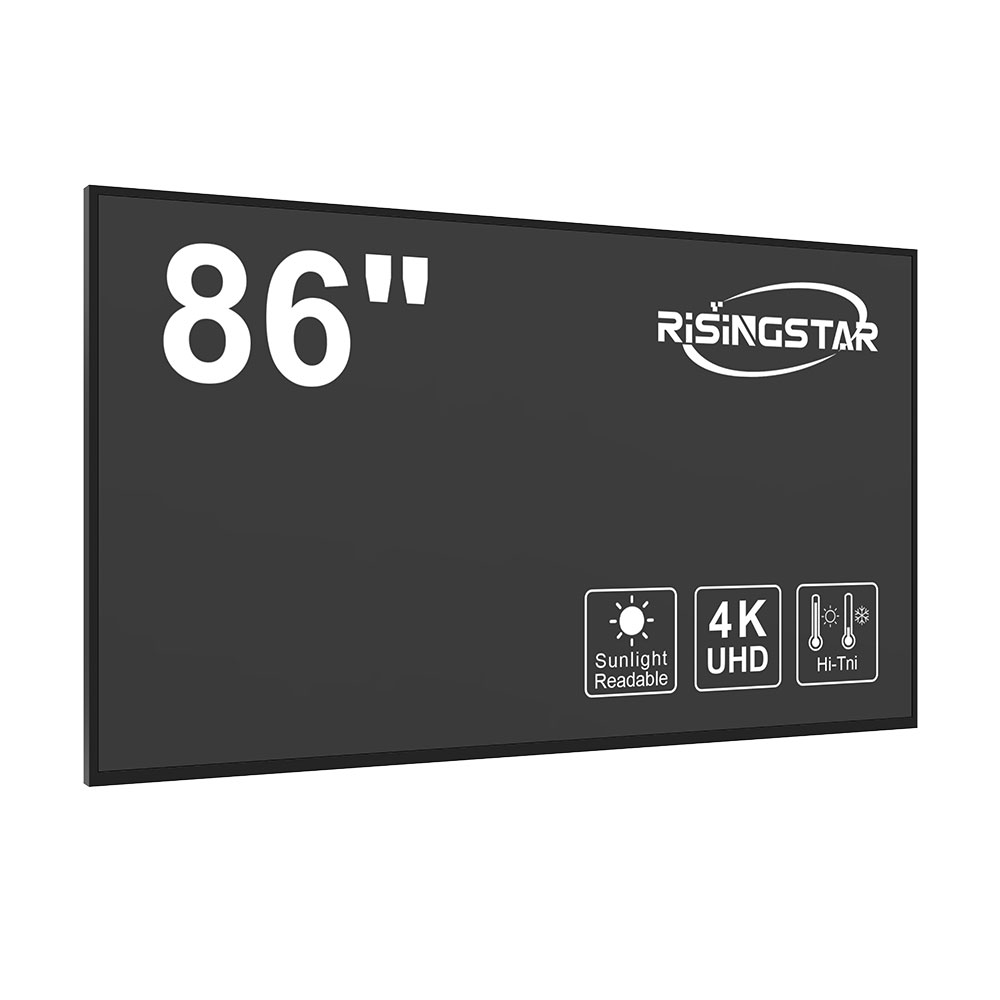- Home
- About Us
- Products
- News
- Video
- Contact
- Send Inquiry
Search
- Home
- About Us
- Products
- News
- Video
- Contact
- Send Inquiry

High-brightness sunlight-readable LCD screens are critical components in outdoor and industrial applications where visibility under direct sunlight is essential. These displays typically operate at luminance levels of 3,000 to 10,000 cd/m²—significantly higher than standard indoor LCDs that range from 250 to 500 cd/m². This increased brightness ensures that the screen remains legible even in full daylight, making them indispensable in sectors such as military operations, transportation (e.g., aircraft cockpits, vehicle dashboards), construction equipment, medical devices used outdoors, and public information systems like digital signage in airports or transit hubs.
The engineering behind these screens involves multiple technologies. First, advanced backlighting using high-efficiency LEDs with optical enhancement films increases light output while minimizing power consumption. Second, anti-glare and anti-reflective coatings reduce surface reflections—a common issue in sunny environments. Third, polarization and liquid crystal cell design improvements allow better contrast ratios, which enhances readability in varying ambient light conditions. For instance, some modern designs incorporate dual-layer polarizers to reduce internal reflection and improve color accuracy under extreme lighting conditions.
Case studies from defense and aerospace industries confirm the effectiveness of these technologies. The U.S. Department of Defense has mandated the use of sunlight-readable displays in field-deployable systems since the early 2000s, citing improved situational awareness and reduced operator fatigue. In one documented case, a military-grade rugged tablet equipped with a 5,000 cd/m² sunlight-readable display showed 98% legibility under direct sun at 45° angles—far exceeding standard commercial tablets, which typically fail below 70% readability under similar conditions.

Another key advancement is the integration of automatic brightness adjustment via ambient light sensors. These sensors dynamically adjust display brightness based on environmental light levels, improving battery life in portable devices while maintaining optimal visibility. According to a 2023 study published in the IEEE Transactions on Consumer Electronics, this adaptive feature can reduce energy consumption by up to 35% without compromising usability.
Manufacturers such as ELO Touch Solutions, LG Display, and Brite Displays have developed specialized modules compliant with MIL-STD-810G for shock, vibration, and temperature resistance. These standards ensure reliability in harsh conditions—from -30°C to +70°C operating temperatures—to meet global deployment needs.
In summary, high-brightness sunlight-readable LCD technology combines optimized hardware design, intelligent software algorithms, and rigorous testing standards to deliver robust performance in demanding environments. As demand grows in smart cities, autonomous vehicles, and mobile healthcare, continued innovation in this domain will remain vital for mission-critical applications worldwide.